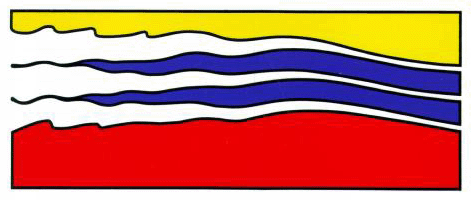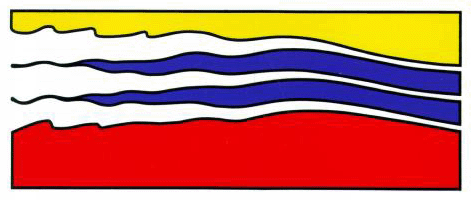
4111 Monarch Way, 3rd Floor
Old Dominion University
Norfolk, VA 23508
757-683-4940


Early work by Albert Redfield led to the paradigm that tidal
marshes are in equilibrium with sea level. However, by the 1970s it
became clear that, at least in some areas such as Louisiana, the
Chesapeake Bay and Venice Lagoon, there were substantial marsh losses.
As part of the Poplar Island Restoration Project in there is a plan to
create 298 hectares of tidal marsh habitat, primarily using material
dredged from shipping channels around Baltimore. Unlike the sandy
material used in many coastal restoration projects, this material is
fine-grained and very nutrient rich. The first wetland cell was
constructed using locally obtained sand. Later cells were constructed
with the upper Bay channel material, providing an on-site comparison.
Striking differences in the vegetation developed on the two substrates,
including sparser vegetation and higher recruitment of new species on
sand. In contrast there was initially lush Spartina
alterniflora, which eventually lodged, with intense muskrat grazing
with high ratesof fungal infection in cells filled with channel
material. Overall, above-ground biomass was very high (up to 3 kg m-2)
and root:shoot ratios were much lower on dredged material, and dieback
was common on dredged material, but not on sand. We hypothesize that
the differences are due to the nutrient content and increased subsidence
of the dredged materials. Since external inorganic sediment inputs are
limited in this system due to the limited drainage area and sea walls,
belowground biomass production is especially important for vertical
accretion, which is necessary to keep abreast of local sea-level rise.
The centennial rate is about ~3.2 mm y-1 in this segment of the
Chesapeake Bay (and expected to at least double over the next century).
Given the goal of creating self-sustaining marshes, healthy, productive
marshes that contribute to vertical accretion are essential to the
long-term success of the project. Thus far accretion rates have not
been keeping up with sea level rise, but as habitat these restored
marshes are attracting a wide variety of wildlife, ranging from fish, to
amphibians and birds.
Dr. Stevenson received a B.S. in Biology from Brooklyn College, City University of New York and a Ph.D. in Botany from the University of North Carolina. His areas of expertise include the ecology of marsh and seagrass systems, including nitrogen cycling and productivity mechanisms, and the effect of sea level rise on coastal ecosystems.

|
Innovation Research Park Building I 4111 Monarch Way, 3rd Floor Old Dominion University Norfolk, VA 23508 757-683-4940 |

|